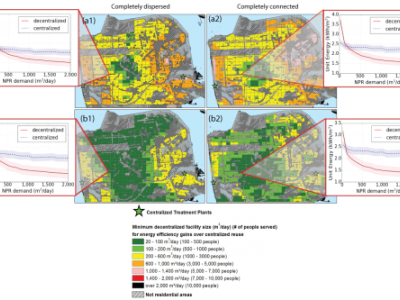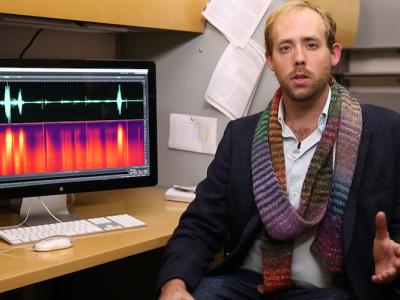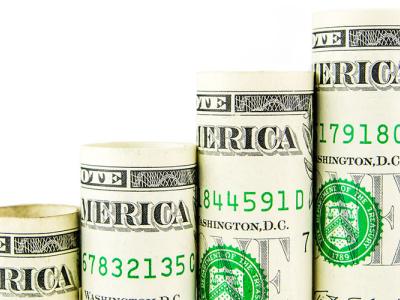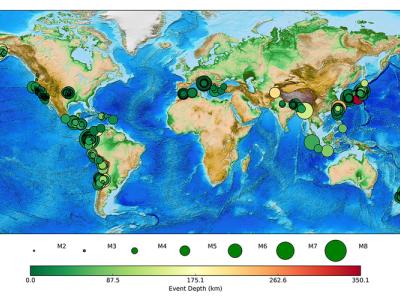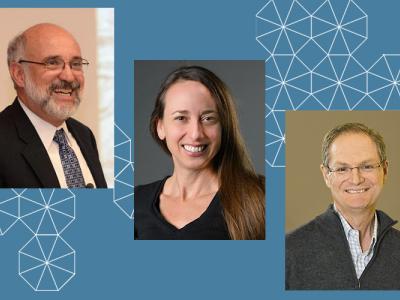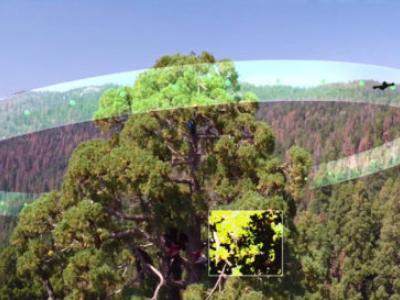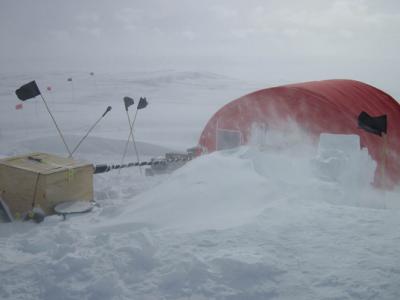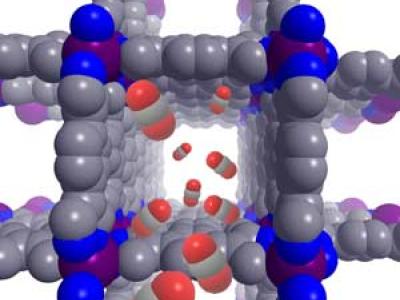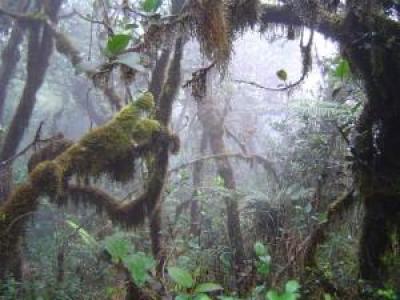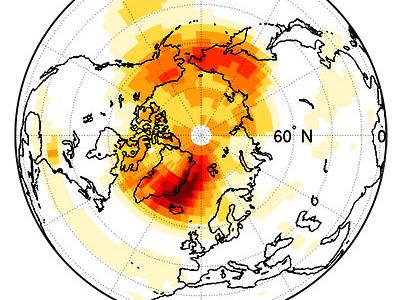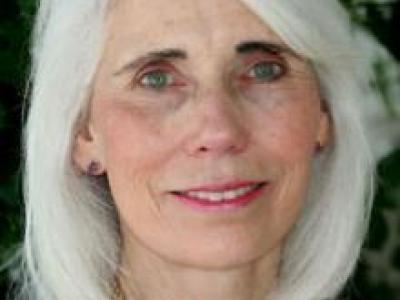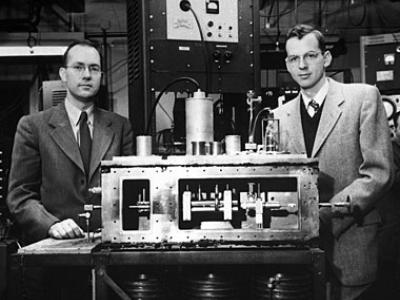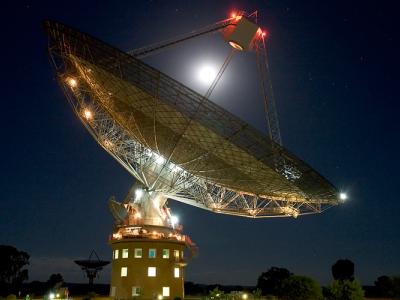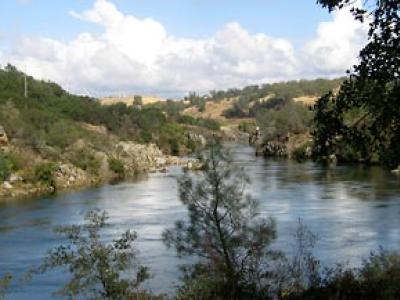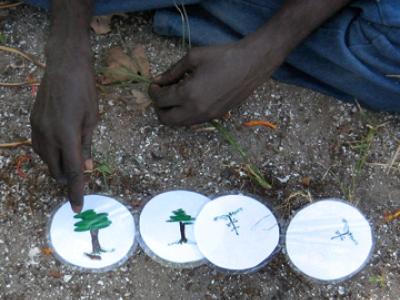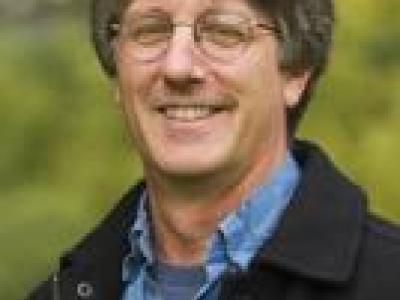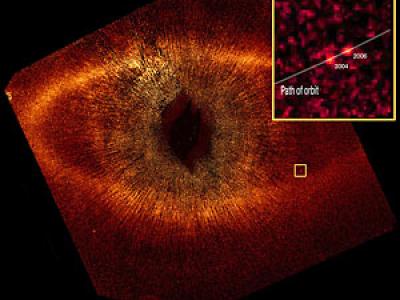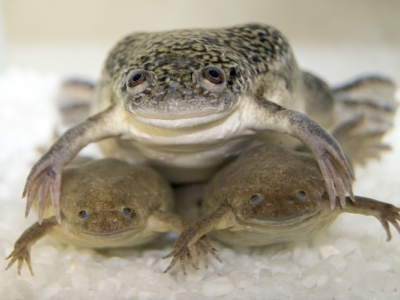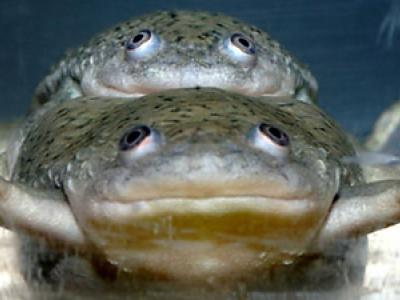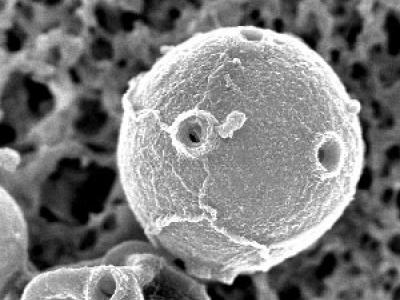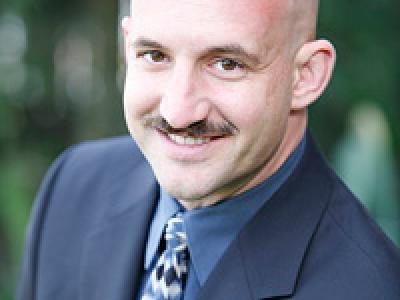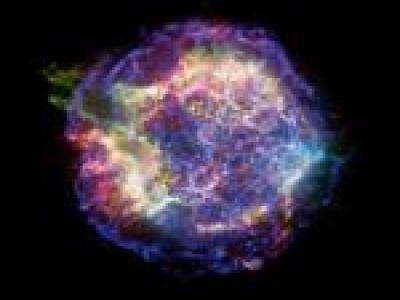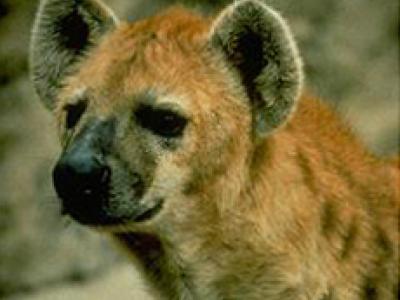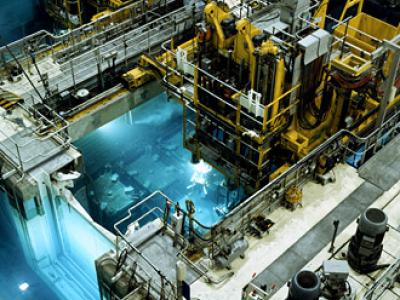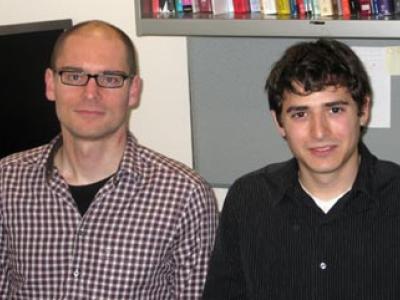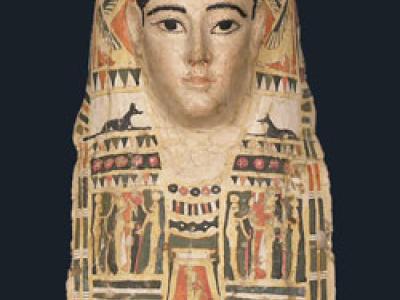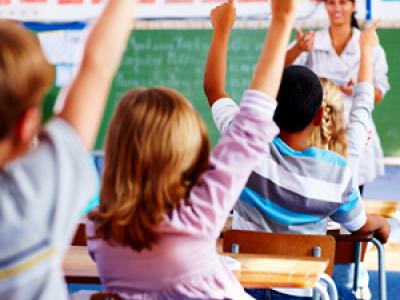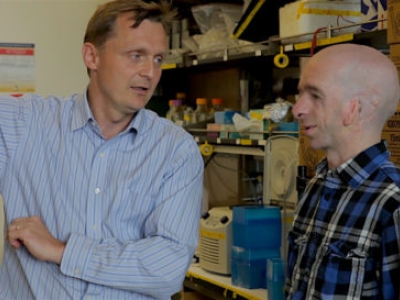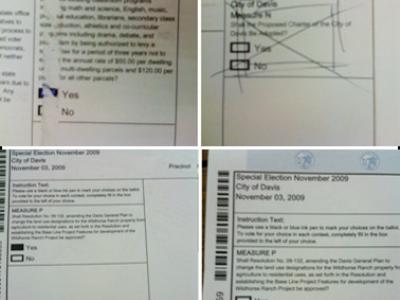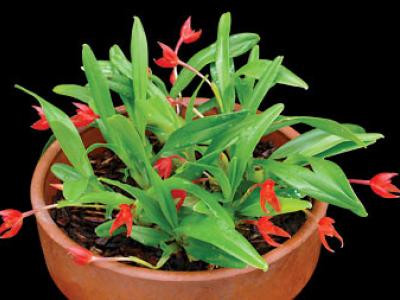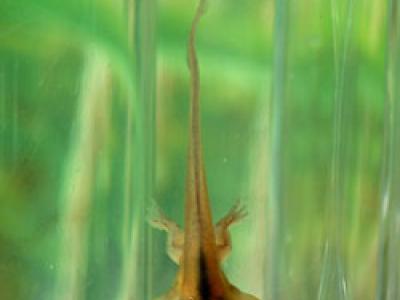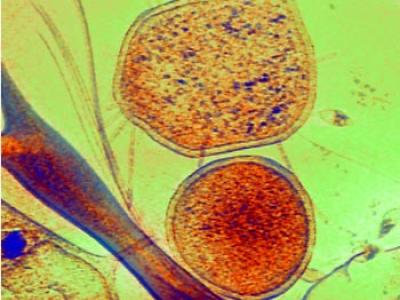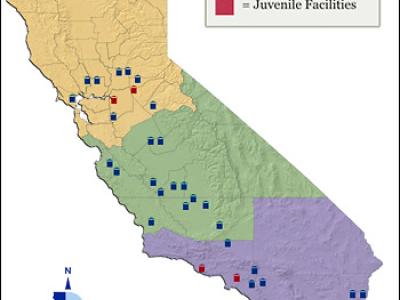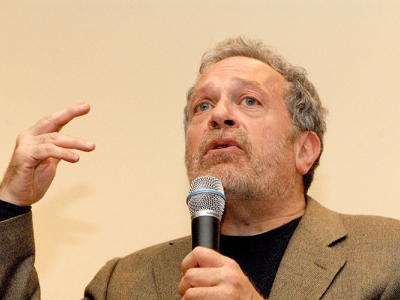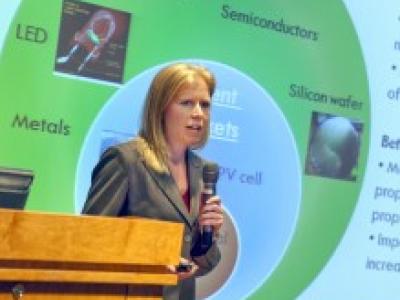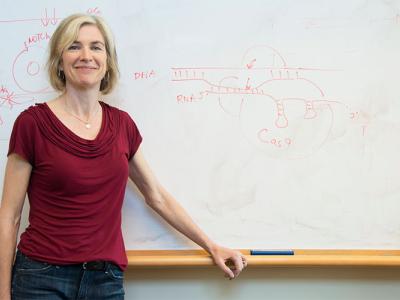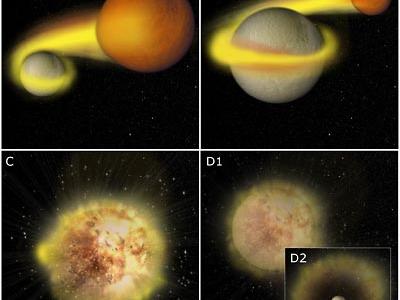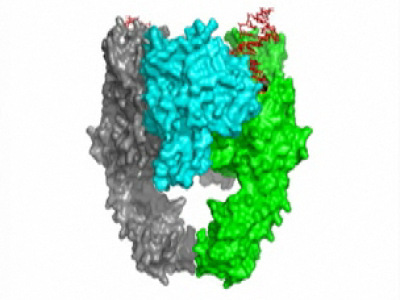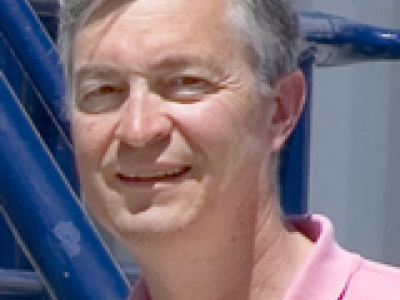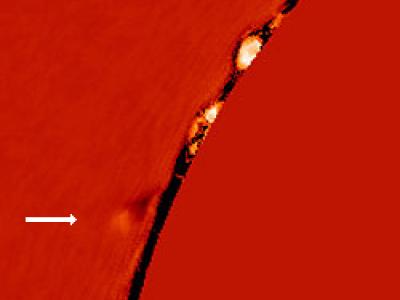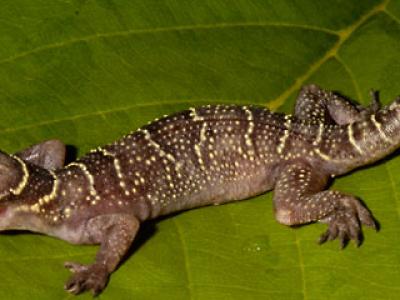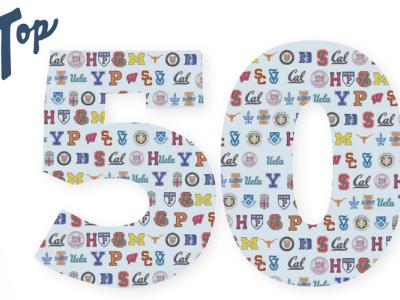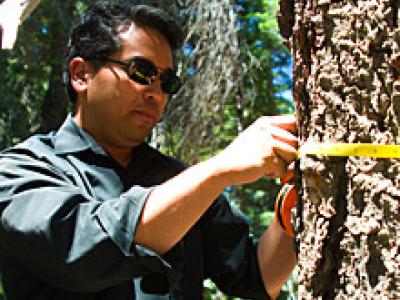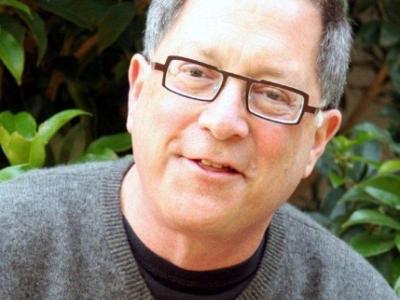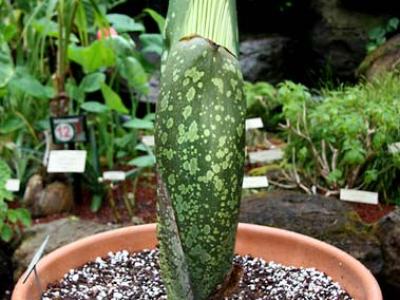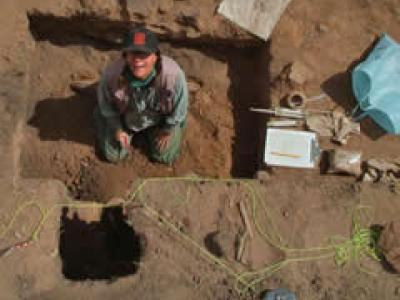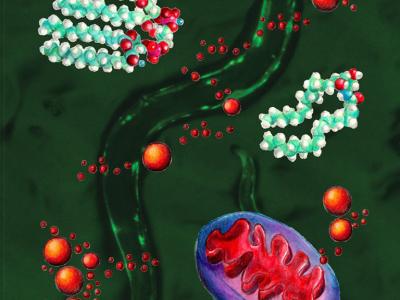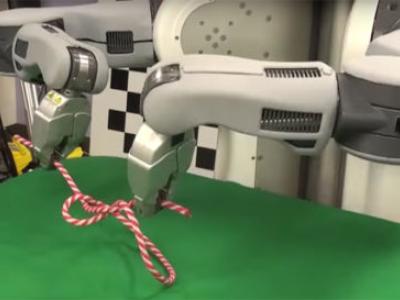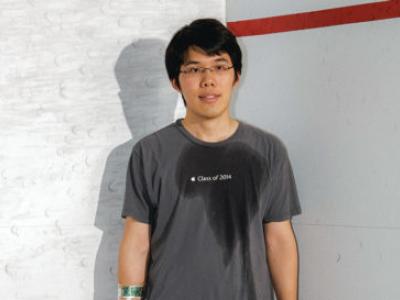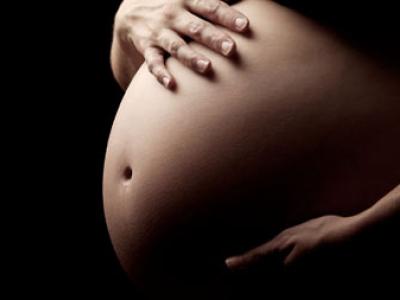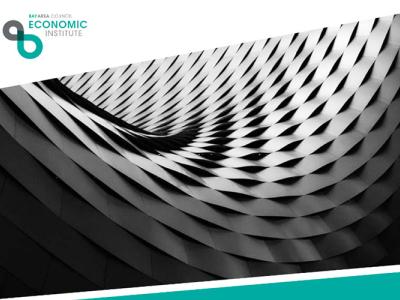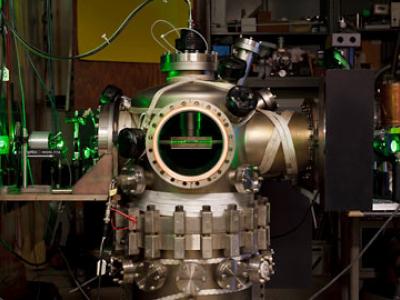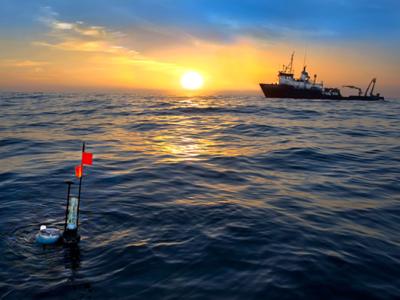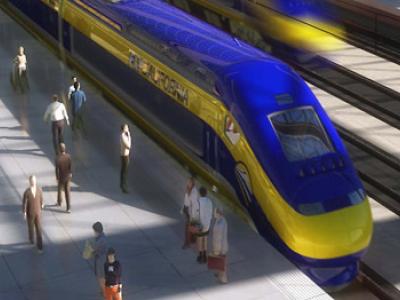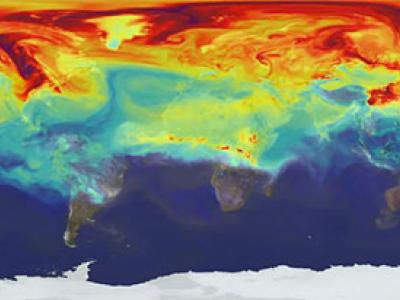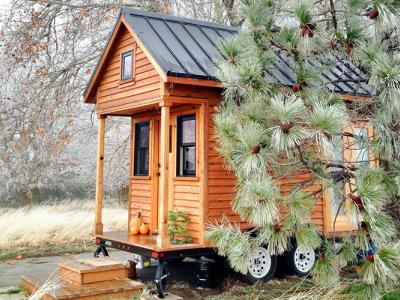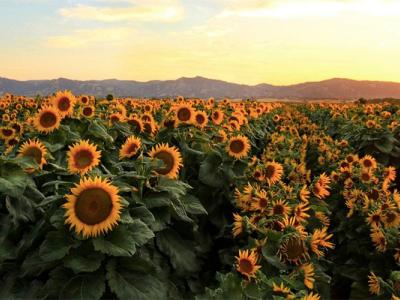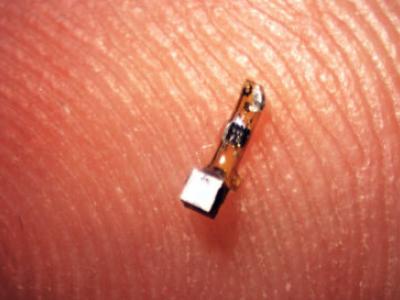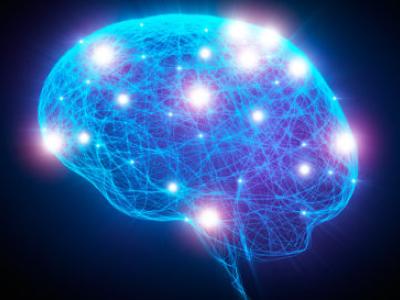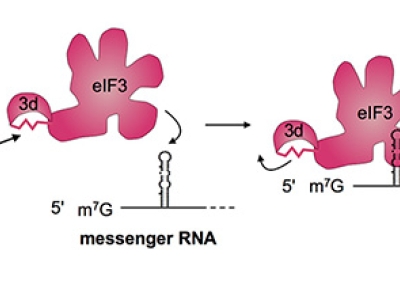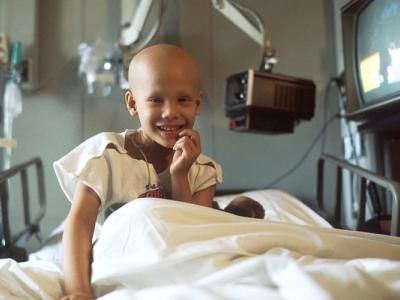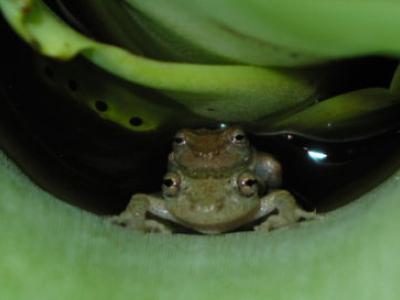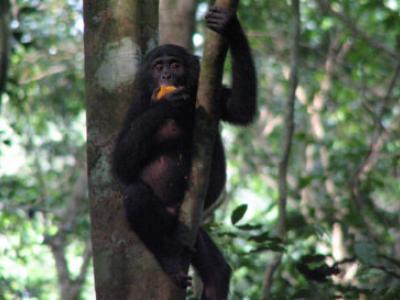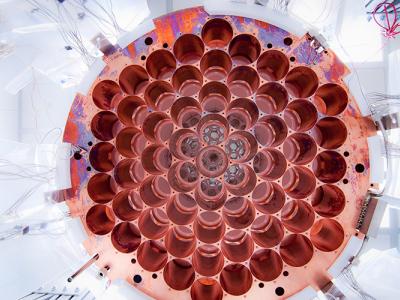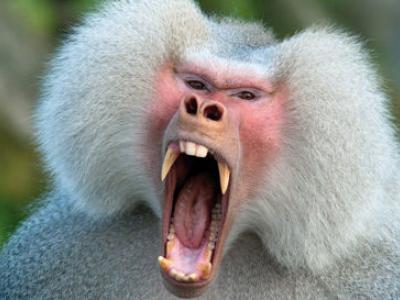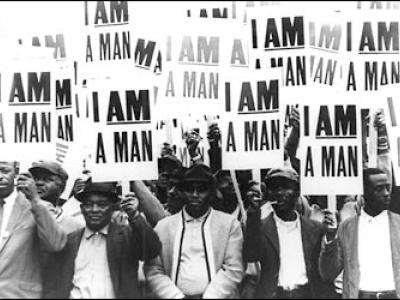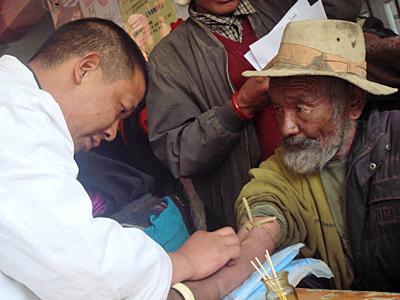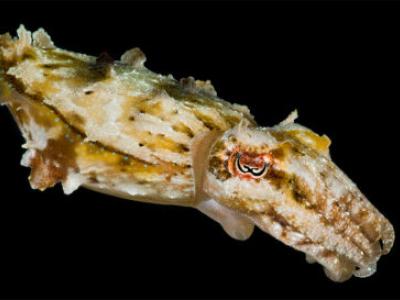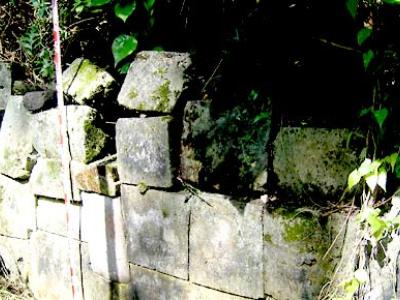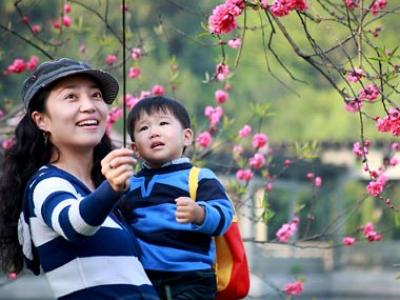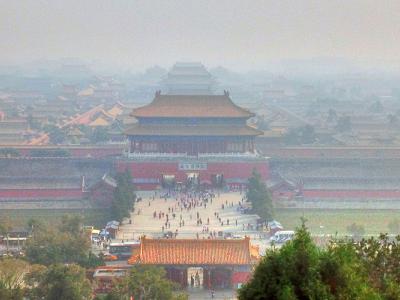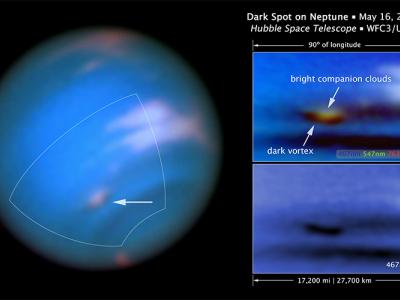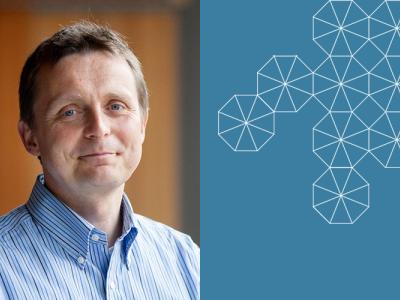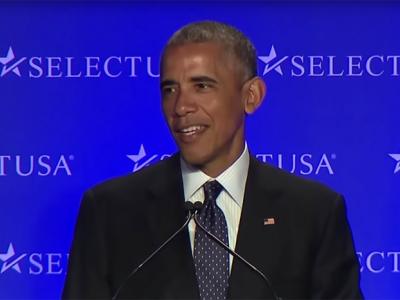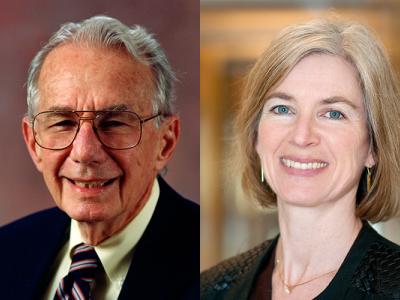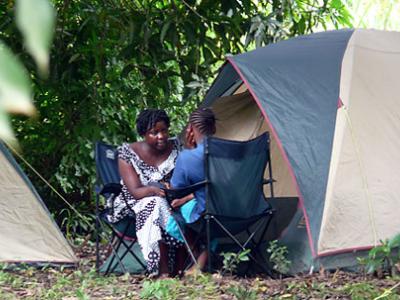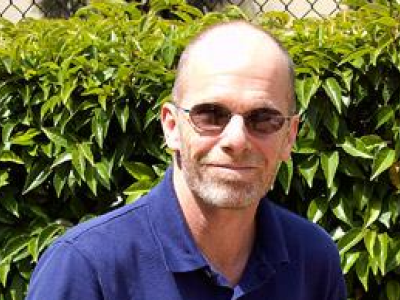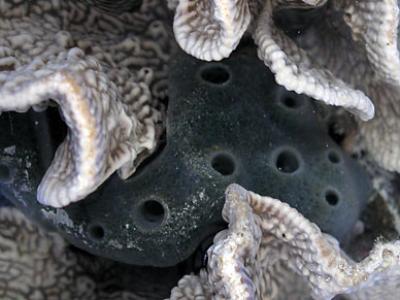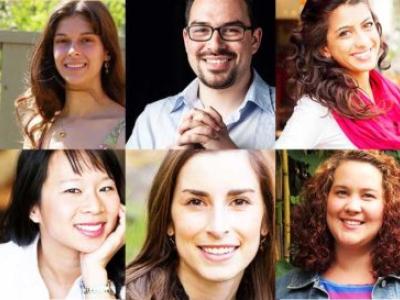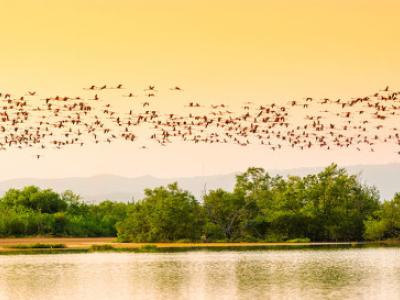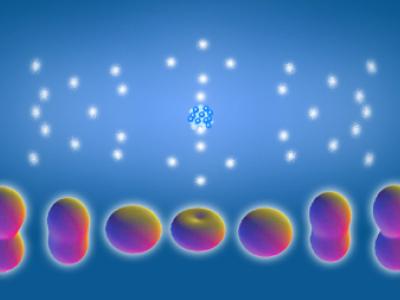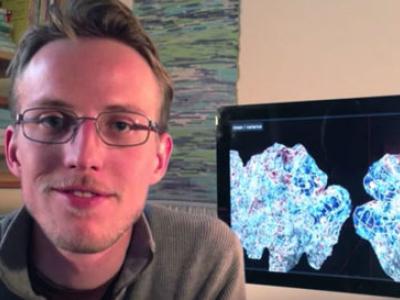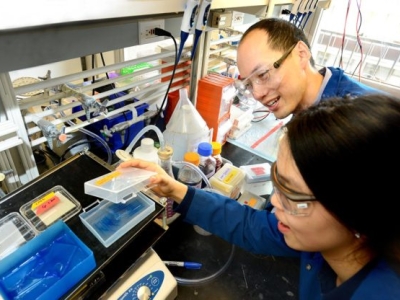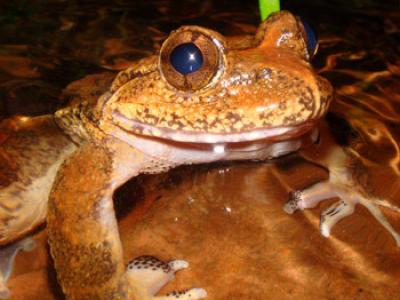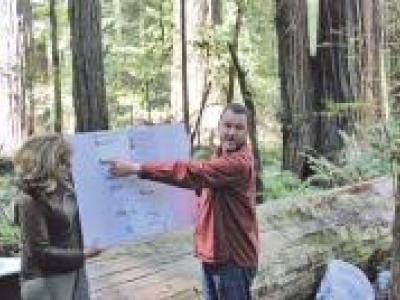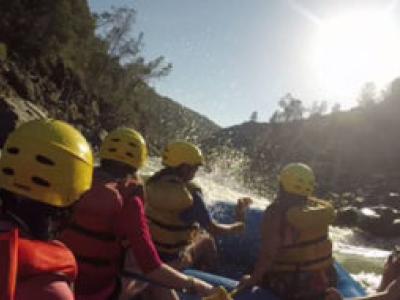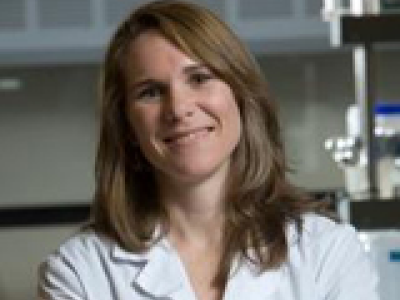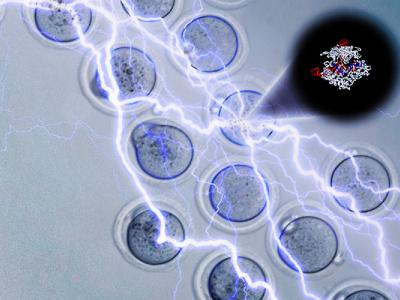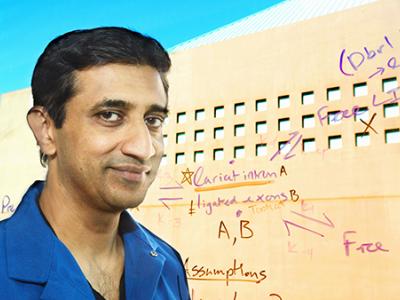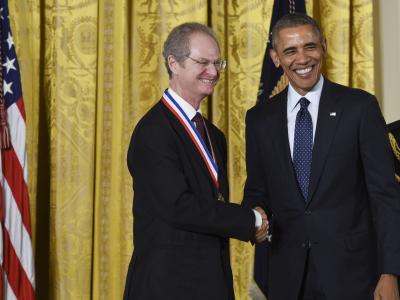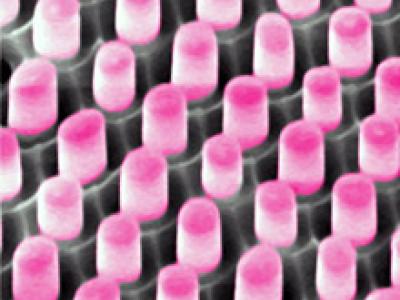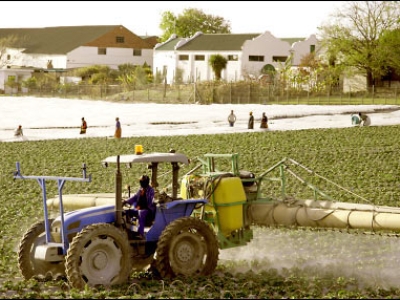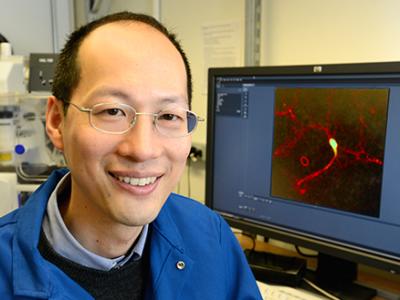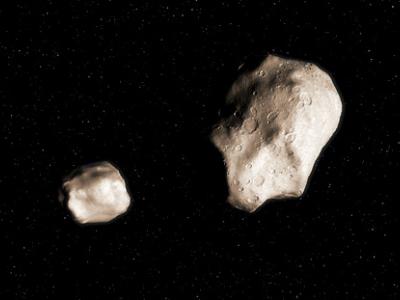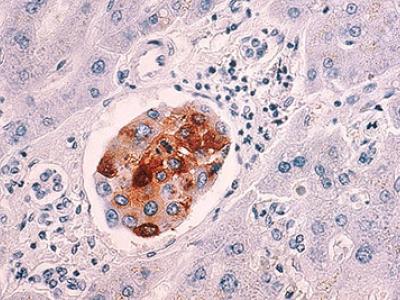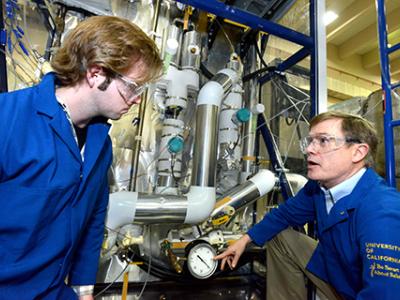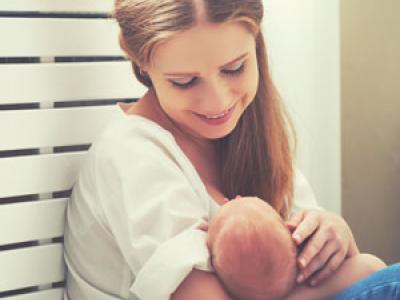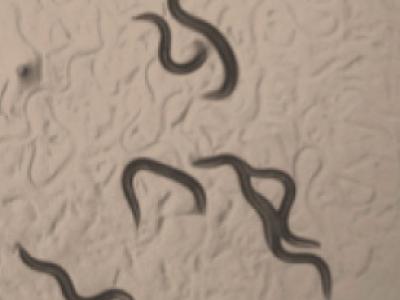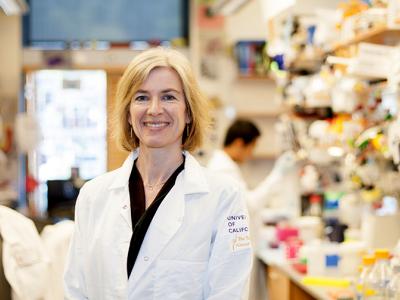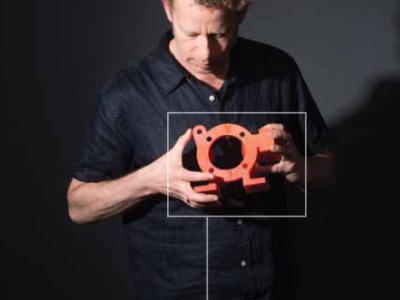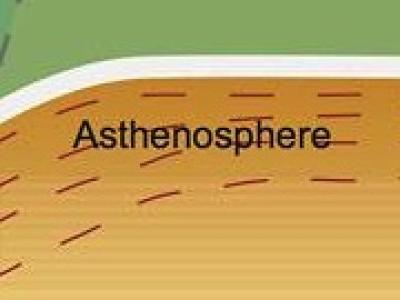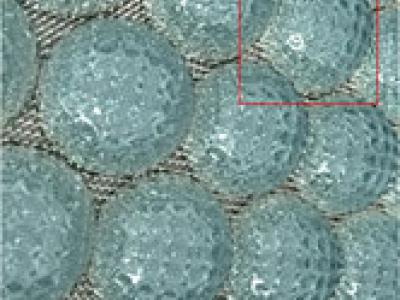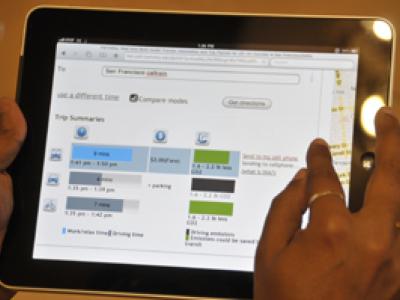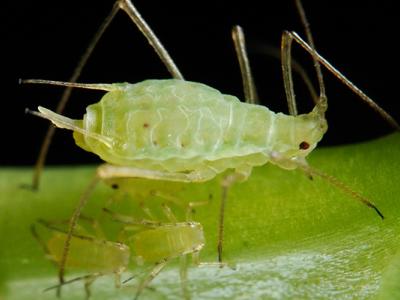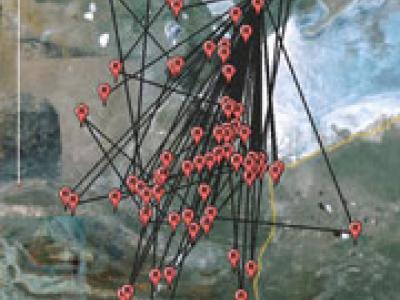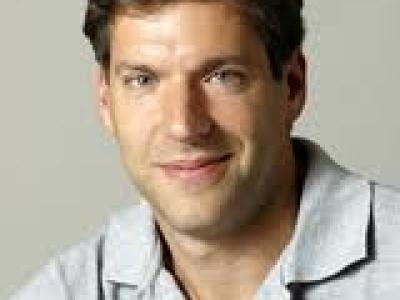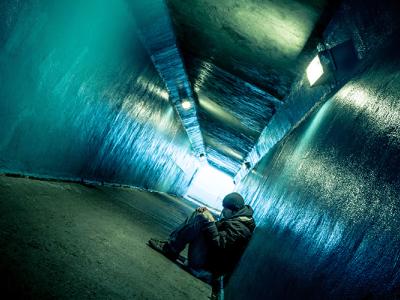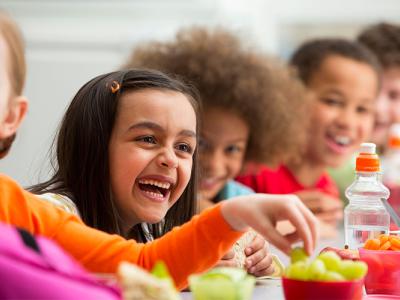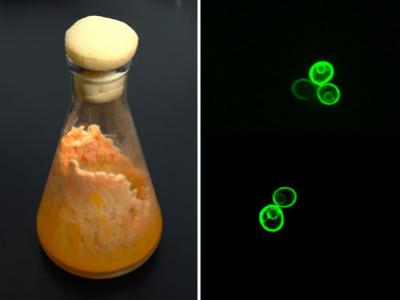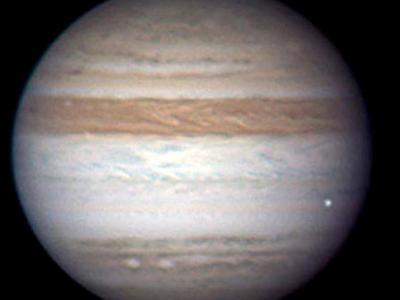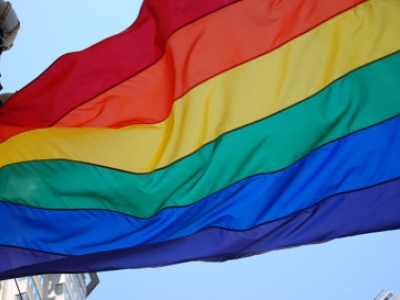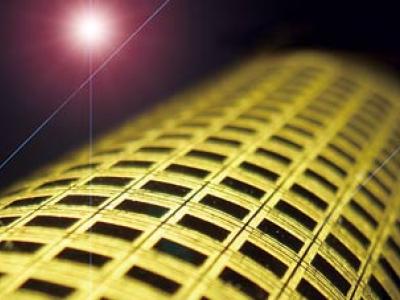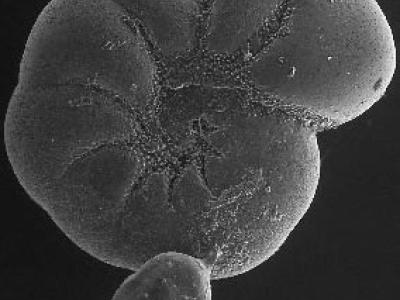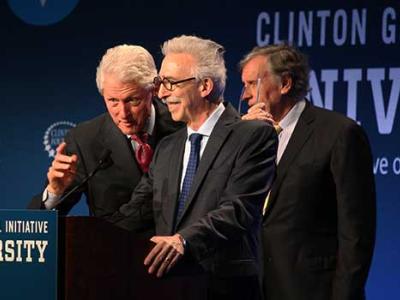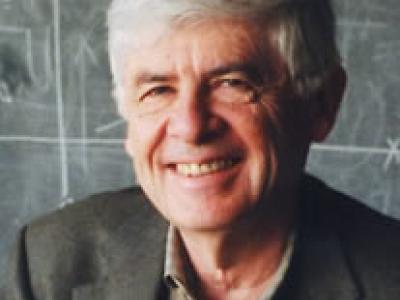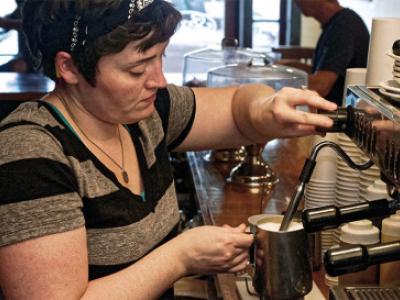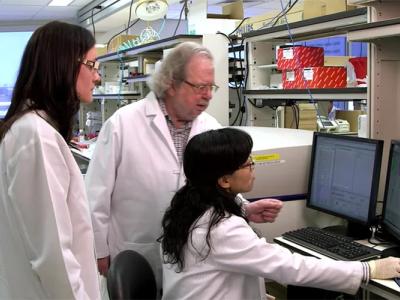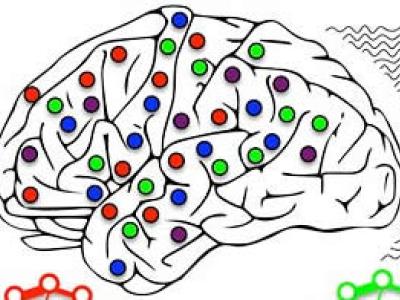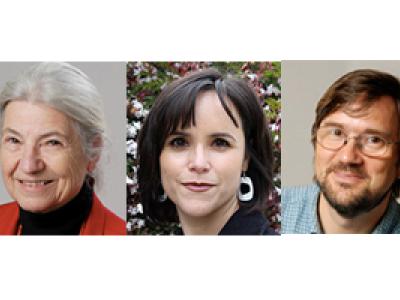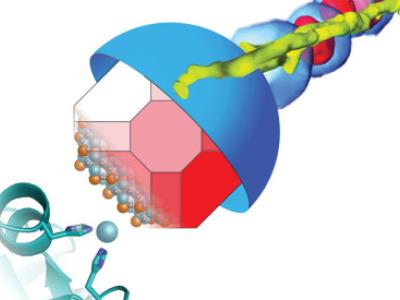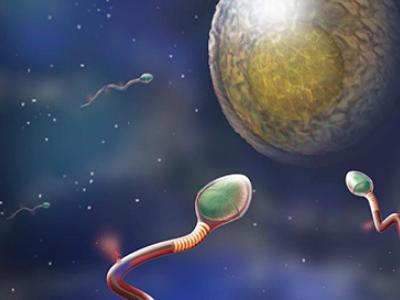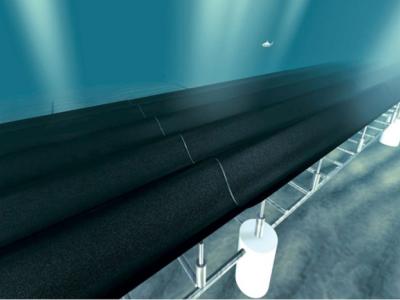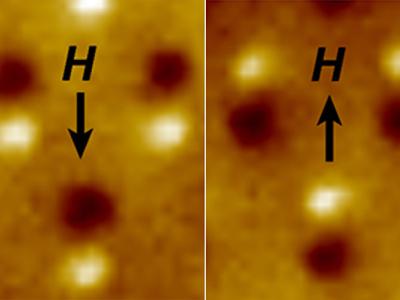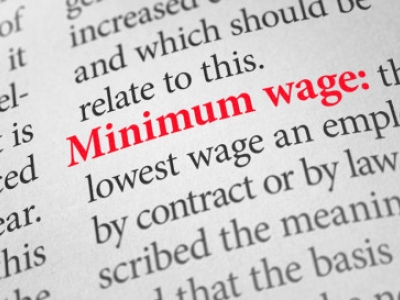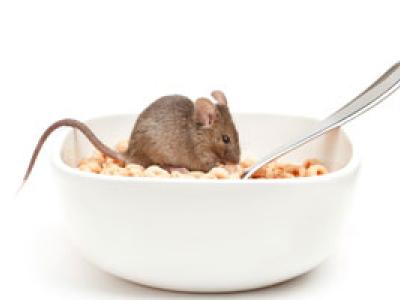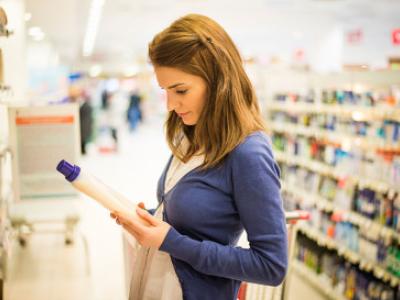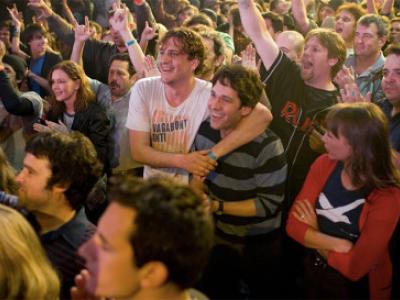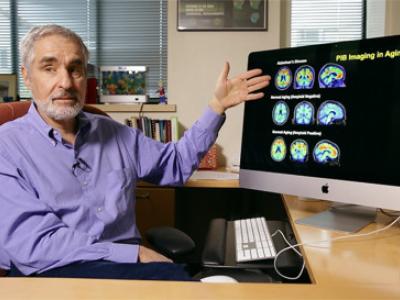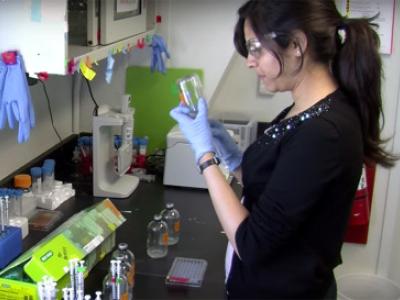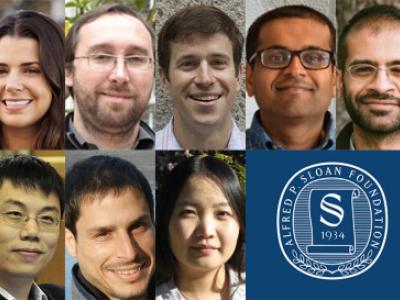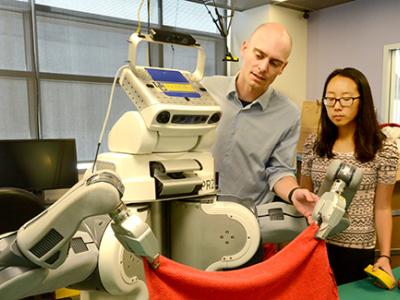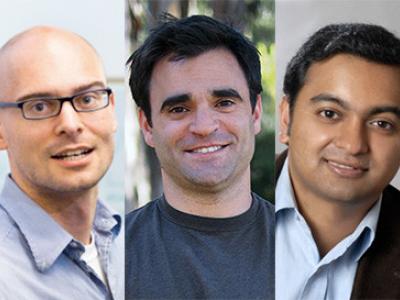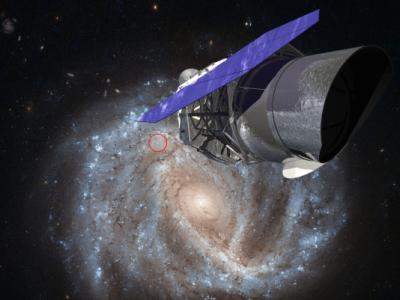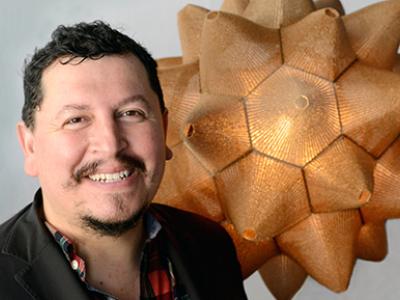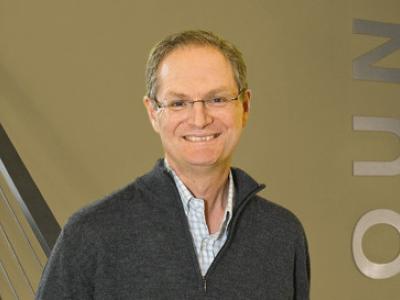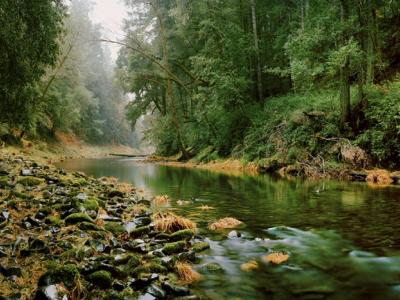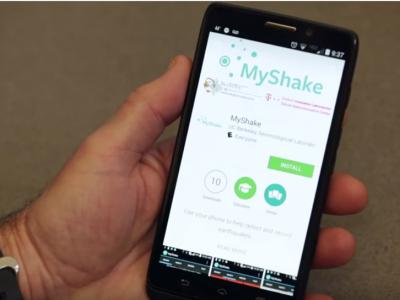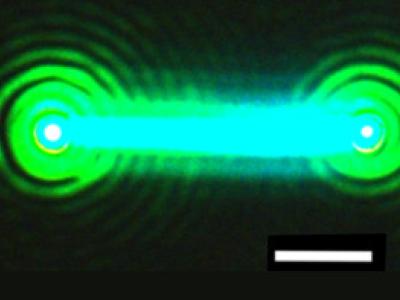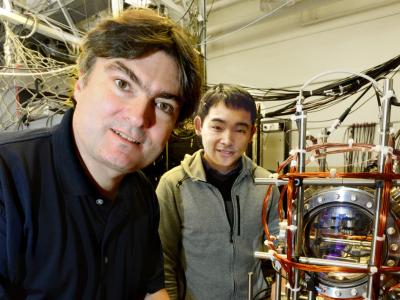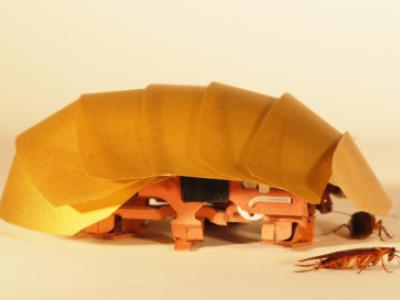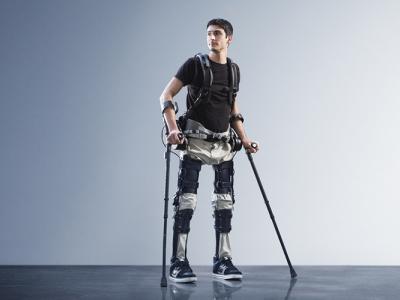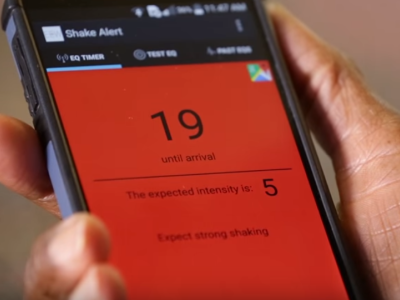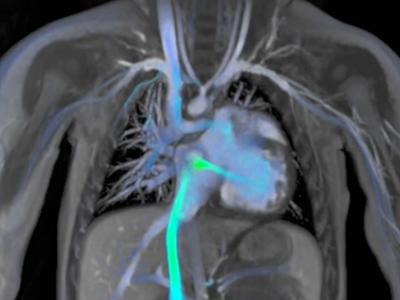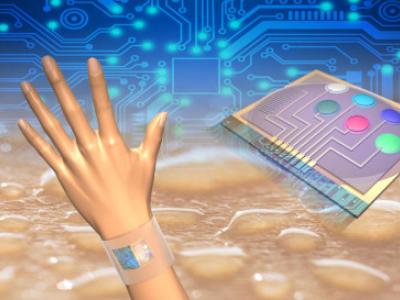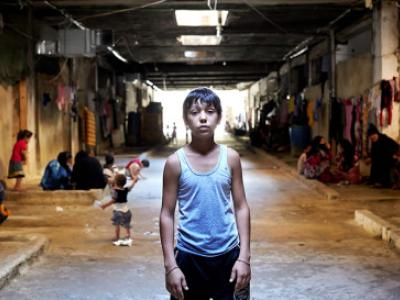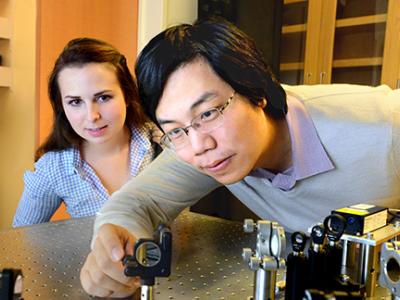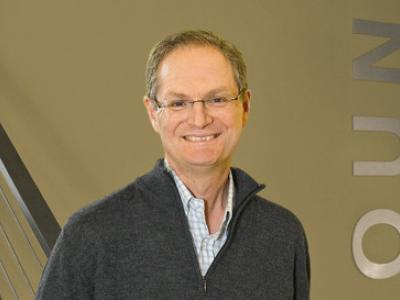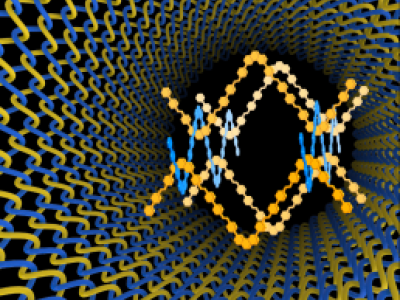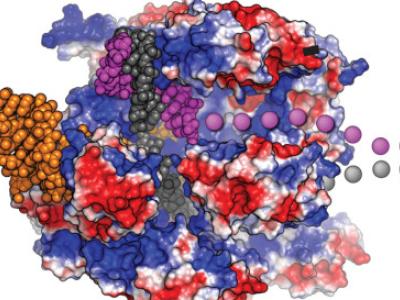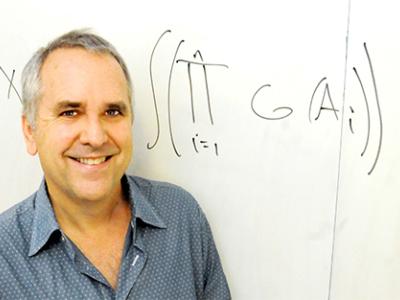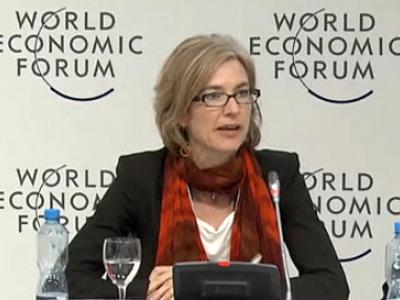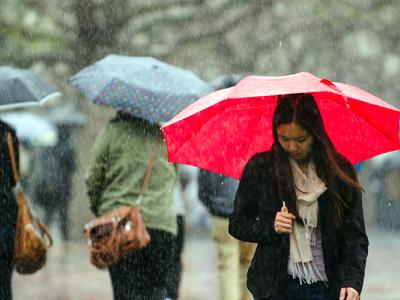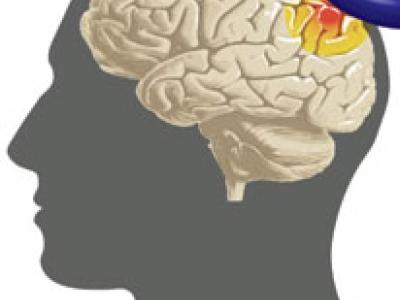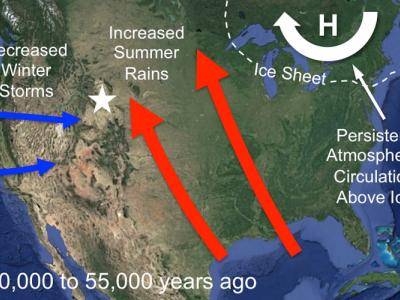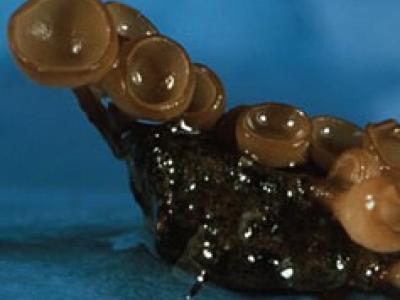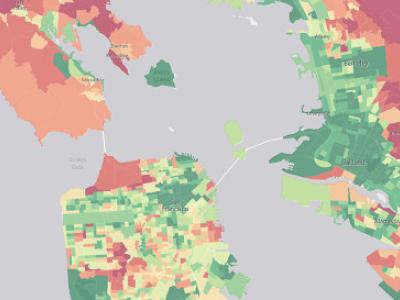ACA repeal could cost California more than 200,000 jobs
Pop-outs: How the brain extracts meaning from noise
Economists report surging income inequality in United States
Quake-detection app captured nearly 400 temblors worldwide
Berkeley innovators named fellows of National Academy of Inventors
Drones help monitor health of giant sequoias
During last period of global warming, Antarctica warmed 2 to 3 times more than planet average
Physicist Surjeet Rajendran shares $100,000 New Horizons Prize
Institutional collapse, not guns and bombs, is most-cited cause of wildlife declines from war
Racial bias negligible in test to predict who will commit future crimes
Newly discovered salamander species, world’s smallest, already endangered
Clean vehicle rebates benefit wealthy, white Californians, study finds
Berkeley SETI turns Australian telescope on nearest exoplanet to Earth
Major advance in solar cells made from cheap, easy-to-use perovskite
Does your mind jump around, stay on task or get stuck?
Breakthrough Listen to search for intelligent life around weird star
Driving mosquito evolution to fight malaria
New Bacteria Groups, and Stunning Diversity, Discovered Underground
Wildfire management vs. fire suppression benefits forest and watershed
Physicist Marvin Cohen to receive 2017 Franklin Medal
Lab frog DNA shows what happens when genomes collide
Long-term, hi-res tracking of eruptions on Jupiter’s moon Io
Development Engineering awarded $3 million from National Science Foundation
New Opportunity Lab to focus on policy for poverty, inequality
Genome engineering paves way for sickle cell cure
Four projects garner $1.7 million from federal BRAIN initiative
UC Berkeley to work with San Francisco to relieve traffic congestion
Smallest. Transistor. Ever.
Climate refuges identified for endangered snow leopards
When women are more likely to lie
Climate change could be a greater threat to tropical frogs than deforestation
Research gives hope to those with head and facial deformities
UC Berkeley, CDC team up to investigate link between UTI, food poisoning
Donald or Hillary? Why listening to them makes a difference to voters
The amazing recovery of Yosemite’s yellow-legged frog
New online game invites public to help fight Alzheimer’s
Study links Texas earthquakes to wastewater injection
UC Berkeley to partner on $24 million imaging science center
Public education ‘dying’ in the U.S., Reich warns
Nobel Prize winner to join UC Berkeley faculty
CRISPR toolbox expanded by protein that cuts RNA in two distinct ways
UC Berkeley to partner in $600M Chan Zuckerberg science ‘Biohub’
Berkeley-Haas looks at the red-hot cannabis industry
What happened after the lights came on in the universe?
Report outlines how to make equity part of California’s low-carbon economy
How robotic floats coaxed secrets of climate change from the ocean
Eight from Berkeley named 2017 Siebel Scholars
In startup sweepstakes, it’s Cal vs. Stanford
City of San Francisco and UC Berkeley to continue collaborating on ‘smart cities’
New Prize to Recognize Undergraduates Working to Improve the Future of Children and Youth
Can some types of fat protect us from brain disease?
Researchers find climate change already playing major roles
$4.6 million grant to improve how automated cars, drones interact with humans
Can some types of fat protect us from brain disease?
UC Berkeley launches Center for Human-Compatible Artificial Intelligence
UC Berkeley artificial intelligence (AI) expert Stuart Russell will lead a new Center for Human-Compatible Artificial Intelligence, launched this week.
Seven current and former UC Berkeley engineers named top innovators under 35
Introducing this year’s top innovators under 35, a list compiled each year by MIT Technology Review.
IGS poll finds support for retaining death penalty
California voters oppose an effort to abolish the death penalty and strongly support a competing measure that would streamline procedures in capital cases.
Study: Berkeley, UC startups vital to California’s economy
As a vital engine of California’s economy, UC Berkeley has been generating startups at an ever-faster rate in recent years and stimulating more and more companies and jobs.
Poll: Californians support gun control, marijuana legalization
California voters overwhelmingly support a sweeping gun control measure on the November ballot, including strong majorities of both parties and independent voters.
Inside the heroic snout of a rescue dog
Search-and-rescue dogs are prized for their ability to sniff out a hiker buried in deep snow. But how exactly do their noses work?
Follow ocean-going robots, and their scientists, for 10 days at sea
What’s life like aboard a scientific research vessel plying the California coast deploying robots to unlock important data about climate change?
The caddisfly and its amazing underwater tape
Patina Mendez is a caddisfly expert, so it’s no surprise that when KQED Science’s Deep Look wanted to get up close and personal with a caddisfly, they asked Mendez for help.
Warming world may put most cities off-limits for summer Olympics
Climate change could constrain the Olympics going forward and not just because of rising sea levels.
The psychology behind the tiny house movement
The motivation behind the tiny house movement likely revolves around a desire to live modestly while conserving resources — environmental consciousness, self-sufficiency, and the desire for a life of adventure.
How sunflowers follow the sun
Sunflowers not only pivot to face the sun as it moves across the sky during the day, but they also rotate 180 degrees during the night to greet the morning sun.
Sprinkling of neural dust opens door to electroceuticals
UC Berkeley engineers have built the first dust-sized, wireless sensors that can be implanted in the body, bringing closer the day when a Fitbit-like device could monitor internal nerves, muscles or organs in real time.
Elders use brain networks differently for short-term recall
Older people’s short-term memory is generally slower and less accurate compared to younger people. But a new University of California, Berkeley, study suggests that brains that continue to perform well in old age do so by rallying more of the brain to complete mental tasks.
When targeting cancer genes, zero in on the 1 percent
Most cancer drugs are designed to halt cell growth, the hallmark of cancer, and one popular target is the pathway that controls the production of a cell’s thousands of proteins.
With rise of leukemia in children, $6 million grant funds search for causes
A UC Berkeley-led research team will search for causes of leukemia — the most common cancer in children — with a new, four-year, $6 million grant from the Environmental Protection Agency and the National Institute of Environmental Health Sciences.
Sexual rivalry may drive frog reproductive behaviors
It may be hard to imagine competing over who gets to kiss a frog, but when it comes to mating, a new study concludes that some frogs have moved out of the pond onto land to make it easier for the male in the pair to give sexual rivals the slip.
Biologists home in on paleo gut for clues to our evolutionary history
For all the anxiety today about the bacteria in our gut being under constant assault by antibiotics, stress and bad diets, it turns out that a lot of the bacteria in our intestines have been with us for at least 15 million years, since we were pre-human apes.
Detector’s last experiment narrows search for dark matter
A 20-month experiment to detect dark matter from the depths of an abandoned gold mine has come to an end, narrowing the search for, but failing to find, an elusive particle that should be everywhere.
Changes in primate teeth linked to rise of monkeys
Paleontologists have identified distinctive features of primate teeth that allow them to track the evolution of our ape and monkey ancestors.
Stars ignite in new supercomputer simulation
Like fireworks bursting through a smoky haze, protostars ignite within colossal filaments of gas in a new supercomputer simulation of stars forming inside molecular clouds.
How state policies shortchange early educators — and millions of kids
Policies in all 50 states and Washington, D.C., shortchange the 2 million educators who are shaping the future of 12 million children in childcare and preschool across the nation.
Weird pupils let octopuses see their colorful gardens
Octopuses, squid and other cephalopods are colorblind – their eyes see only black and white – but their weirdly shaped pupils may allow them to detect color and mimic the colors of their background.
Fetal surgery stands to advance from new glues inspired by mussels
UC Berkeley engineer Phillip Messersmith is happy to be learning lessons from a lowly mollusk, with the expectation that the knowledge gained will enable him and fellow physicians to prevent deaths among their youngest patients — those who haven’t been born yet.
State budgets $10 million for earthquake early warning
Gov. Jerry Brown has signed a 2016-17 state budget that provides $10 million to help launch a statewide earthquake early-warning system.
To improve Beijing’s air quality, cut household fuel use too
China’s plans to curb Beijing’s health-damaging air pollution by focusing on restricting emissions from power plants and vehicles may have limited impact if household use of coal and other dirty fuels is not also curtailed, according to a new study.
Why megaprojects often have megapitfalls
Everyone knows of a megaproject gone awry: the Bay Bridge or maybe Boston’s Big Dig. Many fear California’s high-speed rail project connecting the northern half of the state with the southern may become yet one more.
‘Dark vortex’ confirmed on Neptune
New images obtained by the Hubble Space Telescope confirm the presence of a “dark vortex” in the atmosphere of Neptune, a rare type of feature that can persist for years.
Michael Rape receives Blavatnik award for young scientists
Developmental biologist Michael Rape is one of three winners of the 2016 Blavatnik National Awards for Young Scientists announced today in New York.
California is new headquarters for smart manufacturing institute
On June 20, at a conference of global business leaders in Washington, D.C., President Obama announced the creation of a new $140 million Clean Energy Smart Manufacturing Innovation Institute (CESMII), to be headquartered at UCLA, with a Berkeley-based regional center.
Taiwan’s Tang Prizes awarded to Doudna, Rosenfeld
Taiwan’s top science award, the Tang Prize, has gone to two UC Berkeley scientists well-known in the fields of biochemistry and physics: Jennifer Doudna, for her invention of CRISPR-Cas9 gene editing, and Arthur Rosenfeld, often called the “godfather of energy efficiency.”
‘Smart threads’ could share the wearer’s data
Researchers at UC Berkeley’s School of Information are reporting on a project whose core technology consists of threads individually coated with thermochromic paint that heats up and gradually changes the thread colors when given a jolt of electricity.
Breakout: How black hole jets punch out of their galaxies
A simulation of the powerful jets generated by supermassive black holes at the centers of the largest galaxies explains why some burst forth as bright beacons visible across the universe, while others fall apart and never pierce the halo of the galaxy.
California county health programs yield high returns
Return on investment in county public health departments in California exceeds return on investment in many other areas of medical care, according to a new study by a University of California, Berkeley economist.
Six at Berkeley receive new 30 Under 30 Award for global food crisis work
Six of 30 young people honored today by the University of California for their innovative work helping to solve the global food crisis are from the Berkeley campus.
Climate change could trigger tropical evacuations, researchers advise
Global warming by just 2 degrees Celsius is likely to force some tropical plant, animal and human populations to relocate hundreds of miles from their current homes this century.
Our brain activity could be nudged to make healthier choices
Netflix binge-watching versus a hike in the woods. A cheeseburger versus kale salad. Fentanyl versus Tylenol. New UC Berkeley research suggests our brain activity could be influenced to make the healthier choice.
UC Berkeley neuroscience postdoc wins early career award
Alexander Huth, a postdoctoral researcher in neuroscience at UC Berkeley, has won a prestigious early-career award for his work in decoding semantic language in the brain.
Copper is Key in Burning Fat
A new study is further burnishing copper’s reputation as an essential nutrient for human physiology. A research team has found that copper plays a key role in metabolizing fat.
New radio map of Jupiter reveals what’s beneath colorful clouds
Astronomers using the upgraded Karl G. Jansky Very Large Array in New Mexico have produced the most detailed radio map yet of the atmosphere of Jupiter.
Universe expanding faster than expected
Astronomers have obtained the most precise measurement yet of how fast the universe is expanding, and it doesn’t agree with predictions based on other data and our current understanding of the physics of the cosmos.
Rush of wild nature lowers PTSD in veterans, at-risk teens
Preliminary results of the study suggest that nature-inspired curiosity can trigger positive feelings and ease symptoms of PTSD in the most wary and withdrawn personalities.
Team undertakes extensive survey of Asian Americans
Political scientist Taeku Lee is part of a team leading a newly announced, expanded study of the experiences and attitudes of Asian Americans in the most extensive look to date at the nation’s fastest-growing racial group.
Faster, more efficient CRISPR editing in mice
UC Berkeley scientists have developed a quicker and more efficient method to alter the genes of mice with CRISPR-Cas9, simplifying a procedure growing in popularity because of the ease of using the new gene-editing tool.
Translating Genes’ Instructions
Sackler Sabbatical Exchange recipient Hiten Madhani studies how genome cutting machines in cells, called spliceosomes, are able to pluck genes away from other sequences of “letters” in strands of RNA.
Researchers stress role of subsidized housing in easing affordability crisis
New research from UC Berkeley’s Urban Displacement Project stresses the need for the production of both market-rate and subsidized housing, along with aggressive preservation of affordable units and protection for tenants, to resolve the San Francisco Bay Area’s housing affordability crisis.
President Obama awards National Medals to Alivisatos, Hu
President Barack Obama yesterday honored two UC Berkeley faculty members at the White House, awarding chemist Paul Alivisatos with the National Medal of Science and electrical engineer Chenming Hu with the National Medal of Technology and Innovation.
Transportation experts pitch San Francisco as nation’s first ‘smart transit’ city
UC Berkeley experts joined San Francisco Mayor Ed Lee this week in an attempt to convince U.S. Transportation Secretary Anthony Foxx that the city is the best place to invest $40 million to pioneer a 21st-century smart urban transportation system.
Cities can be building blocks of sustainability, says UC Berkeley study
While cities currently are the major contributor to global climate change, they could become the building blocks of sustainability, according to UC Berkeley researchers.
Copper: A new player in health and disease
Chris Chang, who is part of the Sackler Sabbatical Exchange Program, carries out experiments to find proteins that bind to copper and may influence the storage and burning of fat.
Beware of microbial traffic jams
When tiny microbes jam up like fans exiting a baseball stadium, they can do some real damage.
Star has Four Mini-Neptunes Orbiting in Lock Step
A four-planet system observed several years ago by the Kepler spacecraft is actually a rarity: Its planets, all miniature Neptunes nestled close to the star, are orbiting in a unique resonance that has been locked in for billions of years.
Triple-negative breast cancer target is found
UC Berkeley researchers have found a long-elusive Achilles’ heel within “triple-negative” breast tumors, a common type of breast cancer that is difficult to treat.
Scientists decipher opening dance steps of DNA and its partner
Working at temperatures near absolute zero, UC Berkeley experts in electron microscopy have learned in detail how proteins orchestrate the first key steps in gene activation – opening up the double-stranded DNA.
An Energy Strategy that Can Take the Heat
Water and energy are tightly linked in the 21st century. Per Peterson’s research seeks to develop water-saving ways of cooling energy plants, both nuclear and solar.
Breastfeeding is good for yet another reason, researchers discover
A mother’s breast milk supports immune responses in her newborn that help the infant’s gut become a healthy home to a mix of bacterial species, thanks in part to newly identified antibodies from the mother, according to a study by UC Berkeley researchers.
Genetic switch could be key to increased health and lifespan
Newly discovered genetic switches that increase lifespan and boost fitness in worms are also linked to increased lifespan in mammals, offering hope that drugs to flip these switches could improve human metabolic function and increase longevity.
Doudna named foreign member of UK’s Royal Society
Biochemist Jennifer Doudna has been named a foreign member of the prestigious Royal Society, a rare honor for a UC Berkeley faculty member.
Hazards and opportunities in the pipeline
Environmental engineer David Sedlak explores the serious water treatment, supply and security challenges we face, and proposes how to meet them.
California’s approach to healthcare marketplace held down premiums
A new study suggests Covered California’s authority to select health insurers successfully held down premium costs.
Life with machine: Robot relationships get real
Berkeley’s renowned programs in artificial intelligence and robotics involve scores of professors in the College of Engineering. Their aim is to create machines with the intelligence to better serve and work with human beings.
Rising seas: A new look at resilient infrastructure
We know that our changing climate will bring rising sea levels to the Bay Area. But do we know how to handle it?
Scientists map brain’s thesaurus to help decode inner thoughts
UC Berkeley scientists have taken a step in that direction by building a “semantic atlas” that shows in vivid colors and multiple dimensions how the human brain organizes language.
Paralyzed by indecision? Forget therapy. You need an algorithm
Information overload and “fear of missing out” may rank among the biggest contributors to chronic indecision. But help is at hand.
The search for smarter energy and water strategies
Ashok Gadgil is refining an affordable water treatment technology to produce fresh drinking water from brackish water, one of many projects supported by CERC-WET.
Do gut microbes shape our evolution?
Scientists increasingly realize the importance of gut and other microbes to our health and well-being, but one UC Berkeley biologist is asking whether these microbes — our microbiota — might also have played a role in shaping who we are by steering evolution.
American Academy of Arts and Sciences elects nine Berkeley faculty members
The American Academy of Arts and Sciences today announced the election of 213 new members, including nine UC Berkeley faculty members.
Study helps map path to improved cassava production
A new analysis of the genetic diversity of cassava will help improve strategies for breeding disease resistance and climate tolerance into the root crop, a staple and major source of calories for a billion people worldwide.
The secret language of microbes
Fungi communicate by chemical signals only, but they, like humans, appear to use different dialects.
San Francisco’s homeless youth at 10 times higher risk of death
A University of California, Berkeley, study of homeless youth living on the streets of San Francisco found that they have a 10 times higher mortality rate than their peers, mostly due to suicide and substance abuse.
Berkeley team to assess impacts of Oakland Unified’s new lunch system
Berkeley's study of the impacts of school lunch reforms in the Oakland Unified School District could help schools elsewhere better address chronic public health issues for children.
Wealth of unsuspected new microbes expands tree of life
How a network of sensors can help California's water system
Berkeley engineering grad student Ziran Zhang and engineering professor Steven Glaser put on their snowshoes and headed into the hills recently to take a close look at the snowpack high in the Sierra.
Space weather satellite ICON on course for summer 2017 launch
NASA’s newest space weather research satellite, the Ionospheric Connection Explorer, is on course for a summer 2017 launch after UC Berkeley scientists and their colleagues shipped its four instruments to Utah for testing, prior to being packed into the final satellite.
UC Berkeley, Stanford study finds canvassing conversations reduce transgender prejudice
Researchers from Stanford University and UC Berkeley report in today’s edition ofScience that door-to-door canvassing by volunteers — both transgender and not — reduced voters’ prejudice against transgender people.
Supermassive black holes may be lurking everywhere in the universe
A near-record supermassive black hole discovered in a sparse area of the local universe indicate that these monster objects — this one equal to 17 billion suns — may be more common than once thought, according to UC Berkeley astronomers.
Scientists Push Valleytronics One Step Closer to Reality
Scientists at the Berkeley Lab have taken a big step toward the practical application of “valleytronics,” which is a new type of electronics that could lead to faster and more efficient computer logic systems and data storage chips in next-generation devices.
Clintons, Conan at Berkeley, but student commitment’s the star
A parade of luminaries took part in Clinton Global Initiative University this weekend, but the event was all about the students, more than 1,200 of whom assembled at UC Berkeley for three days of inspiration, cooperation and “commitment to action.”
Berkeley’s newest field site, Blue Oak Ranch Reserve, gets a facelift
On the first weekend of spring, UC Berkeley’s newest research station, the Blue Oak Ranch Reserve, threw an open house to show off its new facilities, nestled amid rolling green, flower-studded hills east of San Jose.
Slowly hiking minimum wage to $15 would benefit 5.6 million Californians, study says
A proposed gradual increase in California’s minimum hourly wage from $10 to $15 by 2023 would raise wages of 5.6 million workers by an average of 24 percent, according to a brief released today by the University of California, Berkeley.
Aduro Biotech helps launch new immunotherapy, vaccine effort
UC Berkeley cancer immunologists are teaming up with colleagues working on infectious disease to create a new Immunotherapeutics and Vaccine Research Initiative.
Climate Change is Here. Now What?
On March 24, Berkeley Lab’s Bill Collins, an internationally recognized expert in climate modeling and climate change science, updated the Science in the Theater audience on what we know about climate change.
Three new Signatures Innovation Fellows announced
Three faculty members have been selected as 2016-17 Signatures Innovation Fellows, receiving as much as $100,000 per year each for up to two years to pursue commercially promising data science and software projects.
How bacteria get their magnetic compass
Many bacteria build miniature magnets and use them to navigate their environment, and UC Berkeley’s Arash Komeili has found a neat trick they use to do it.
Preventing sperm’s ‘power kick’ could be key to unisex contraceptive
UC Berkeley biologists have discovered the switch that triggers the power kick sperm use to penetrate and fertilize a human egg, uncovering a possible source of male infertility but also a potential target for contraceptives that work in both men and women.
Making waves: Turning ocean power into electricity
Ocean waves have vast energy potential. The Electric Power Research Institute estimates the total wave energy resource along the United States coastline at 2,640 terawatts per year. One terawatt can supply more than 93,000 typical U.S. homes with power annually.
Experiments show magnetic chips could dramatically increase computing’s energy efficiency
Experiments show magnetic chips could dramatically increase computing’s energy efficiency.
Study sees positive impact of raising New York’s minimum wage to $15 an hour
A new UC Berkeley report finds that raising the minimum wage in New York have large positive effects on living standards and very small effects on employment.
Scientists tap the smarts of mice, capture problem-solving in action
UC Berkeley scientists have captured unique images of problem-solving in action by tapping into the minds of mice. The study shows rapid rewiring in the rodents’ frontal brains after they learn by trial and error.
Teen girls see big drop in chemical exposure with switch in cosmetics
A new study led by researchers at UC Berkeley and Clinica de Salud del Valle de Salinas demonstrates how even a short break from certain kinds of makeup, shampoos and lotions can lead to a significant drop in levels of hormone-disrupting chemicals in the body.
Bromances may be good for men’s health
Male friendships, portrayed and often winked at in bromance movies, could have healthful effects similar to those seen in romantic relationships, especially when dealing with stress.
PET scans reveal key details of Alzheimer’s protein growth in aging brains
New research led by scientists at UC Berkeley shows for the first time that PET scans can track the progressive stages of Alzheimer’s disease in cognitively normal adults, a key advance in the early diagnosis and staging of the neurodegenerative disorder.
For students, a key to careers in biomedical field
Shilpi Mathrani wanted a career in the biomedical field. To a student, though, the industry can seem like an exclusive club. For Mathrani, UC Berkeley’s Bio-Manufacturing to Market program held the key.
Sloan Foundation honors eight young faculty members
Eight UC Berkeley assistant professors are among 126 new fellows announced today by the Alfred P. Sloan Foundation. The Sloan Research Fellowships, awarded annually since 1955, honor early-career scientists and scholars.
“Deep Learning”: A Giant Step for Robots
Bakar Fellow Pieter Abbeel studies deep learning in robots. The robot BRETT (Berkeley Robot for Elimination of Tedious Tasks) has mastered a range of skills, including folding laundry, knot-tying, and basic assembly.
Three young faculty members honored by White House
Three UC Berkeley faculty members named as recipients of the Presidential Early Career Awards for Scientists and Engineers, the highest honor bestowed by the U.S. government on science and engineering professionals in the early stages of their independent research careers.
Saul Perlmutter to lead WFIRST dark energy team
Berkeley Lab and UC Berkeley Scientists to participate in new NASA space telescope project that will explore mysteries of dark energy, hunt for distant planets and retrace universe's history during 6-year mission.
A New Recipe for Construction
Bakar Fellow Ronald Rael is advancing a type of 3-D printing that could add more beauty, variety and sustainability to building designs.
Paul Alivisatos awarded Dan David Prize for nanoscience research
Paul Alivisatos, UC Berkeley’s newly appointed vice chancellor for research and the outgoing director of Lawrence Berkeley National Laboratory, has been awarded the international Dan David Prize for his contributions in the field of nanoscience.
The critical zone: Studying where all of life happens
Science isn’t generally considered an extreme sport, but you wouldn’t know that by watching researchers in the Eel River Critical Zone Observatory scale hundred-foot-tall trees and wade through rushing rivers.
New app turns smartphones into worldwide seismic network
‘Lasers Rewired’: Scientists Find a New Way to Make Nanowire Lasers
Berkeley Lab and UC Berkeley scientists adapt next-gen solar cell materials for a different purpose.
How Many Lasers can You Fit into a Shoebox?
Bakar Fellow Holger Müller is redesigning an instrument known as an atom interferometer, capable of making extremely precise measurements of distance and gravity.
Cockroach inspires robot that squeezes through cracks
Our fear and disgust that cockroaches can quickly squeeze through the tiniest cracks are well-justified, say UC Berkeley scientists.
A new-generation exoskeleton helps the paralyzed to walk
Until recently, being paralyzed from the waist down meant using a wheelchair to get around - UC Berkeley’s Robotics and Human Engineering Laboratory has been working to change that.
White House renews commitment to earthquake early warning system designed at UC Berkeley
The Obama administration and members of Congress today renewed their commitment to funding an earthquake early warning system along the Pacific Coast.
Savvy Software Lightens MRI Burden
The Bakar Fellows Program supports Michael Lustig’s collaborations with clinicians and industry to speed adoption of the new MRI imaging strategies.
Arpad Horvath co-authors report on graywater
Let them see you sweat: What new wearable sensors can reveal from perspiration
A new sensor developed at UC Berkeley can be made into “smart” wristbands or headbands that provide continuous, real-time analysis of the chemicals in sweat.
The case for accepting more, not fewer, Syrian refugees
Kate Jastram, an attorney and UC Berkeley expert in forced migrations, says closing U.S. doors to Syrian refugees would deepen America’s anti-Muslim reputation and alienate the 3.3 millions Muslims already living here.
Super-Resolution Microscopy in “Living Color”
Bakar Fellow Ke Xu’s imaging technology allows researchers to distinguish between interacting proteins with exceptional color and image resolutions.
Outgoing Berkeley Lab director to take research helm at UC Berkeley
Paul Alivisatos, an internationally renowned chemist who has run the Department of Energy’s Lawrence Berkeley National Laboratory for the past seven years, has been tapped to lead the research enterprise at the UC Berkeley.
Weaving a New Story for COFS and MOFs
There are many different ways to make nanomaterials but weaving, the oldest and most enduring method of making fabrics, has not been one of them – until now.
Advance improves cutting and pasting with CRISPR-Cas9 gene editing
UC Berkeley researchers have made a major improvement in CRISPR-Cas9 technology that achieves an unprecedented success rate of 60 percent when replacing a short stretch of DNA with another.
Big Thinking About Big Data
To Michael Jordan, the smart way to extract and analyze key information embedded in mountains of “Big Data” is to ignore most of it. Instead, zero in on collections of small amounts of data.
Doudna joins Biden in Davos rollout of ‘cancer moonshot’
UC Berkeley biochemist Jennifer Doudna joined Joseph Biden this morning at the World Economic Forum in Davos, Switzerland, as the vice president promoted a major new U.S. initiative to speed the discovery of cures for cancer.
The state, the drought and El Niño: It’s complicated
Just last year, researchers were saying there was no end in sight for California’s recent drought. But things are looking up. El Niño has swept into the Golden State and is breathing life back into the area.
Will computers ever truly understand what we’re saying?
From Apple’s Siri to Honda’s robot Asimo, machines seem to be getting better and better at communicating with humans. But some neuroscientists caution that today’s computers will never truly understand what we’re saying.
Growth rings on rocks give up North American climate secrets
Scientists have found a new way to tease out signals about Earth’s climatic past from soil deposits on gravel and pebbles, adding an unprecedented level of detail to the existing paleoclimate record and revealing a time in North America’s past when summers were wetter than normal.
Ripples in galaxy help locate dark-matter satellites of Milky Way
Three bright pulsating stars on the outskirts of the Milky Way galaxy could be beacons from an invisible dwarf galaxy that astronomers predicted was there based on its effects on the gas in our galaxy.
New interactive map compares carbon footprints of Bay Area neighborhoods
Data on current carbon emissions will help cities meet goals set a Paris climate summit, and show people how they contribute to global warming.

